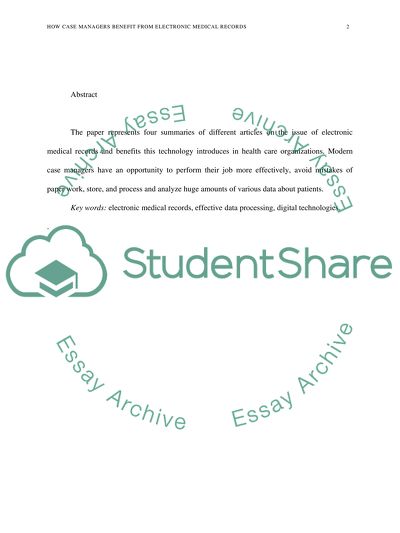Cite this document
(How Case Managers Benefit from Electronic Medical Records Literature review, n.d.)
How Case Managers Benefit from Electronic Medical Records Literature review. Retrieved from https://studentshare.org/health-sciences-medicine/1437448-how-case-managers-benefit-from-electronic-medical
How Case Managers Benefit from Electronic Medical Records Literature review. Retrieved from https://studentshare.org/health-sciences-medicine/1437448-how-case-managers-benefit-from-electronic-medical
(How Case Managers Benefit from Electronic Medical Records Literature Review)
How Case Managers Benefit from Electronic Medical Records Literature Review. https://studentshare.org/health-sciences-medicine/1437448-how-case-managers-benefit-from-electronic-medical.
How Case Managers Benefit from Electronic Medical Records Literature Review. https://studentshare.org/health-sciences-medicine/1437448-how-case-managers-benefit-from-electronic-medical.
“How Case Managers Benefit from Electronic Medical Records Literature Review”, n.d. https://studentshare.org/health-sciences-medicine/1437448-how-case-managers-benefit-from-electronic-medical.


